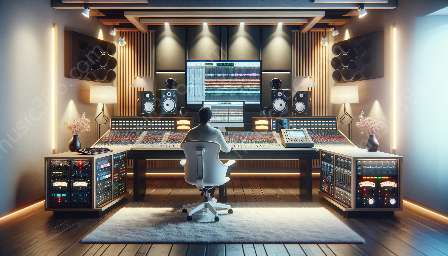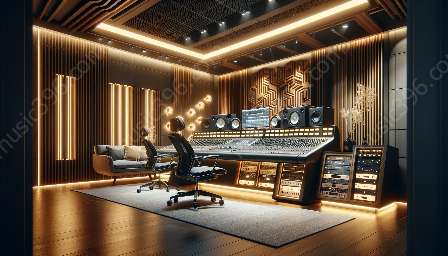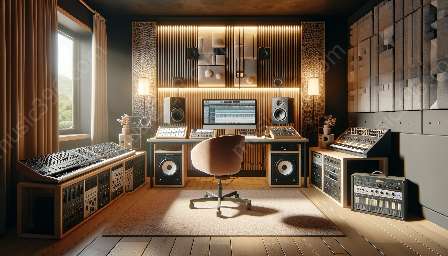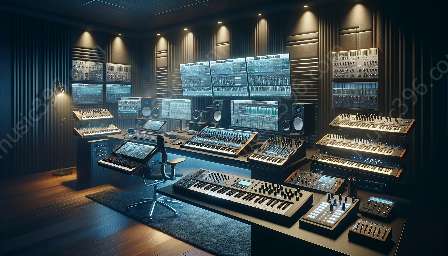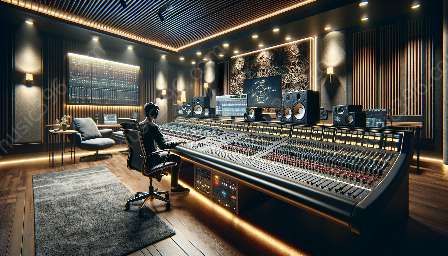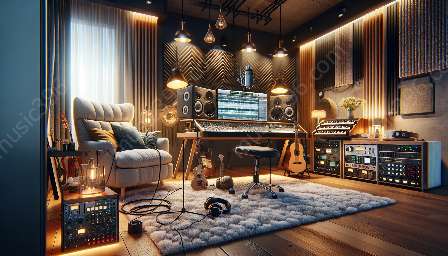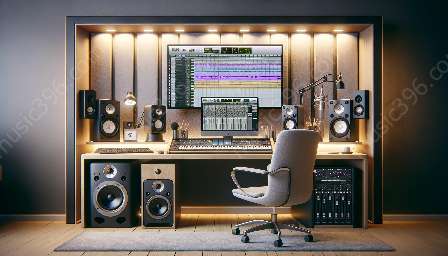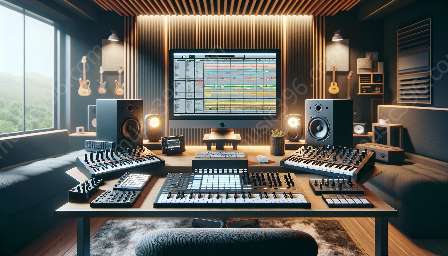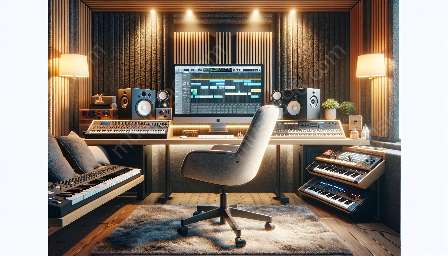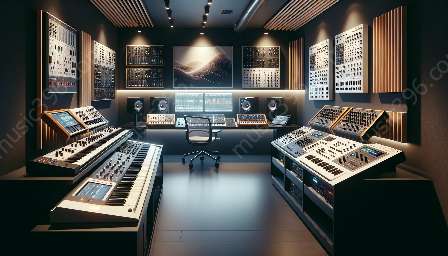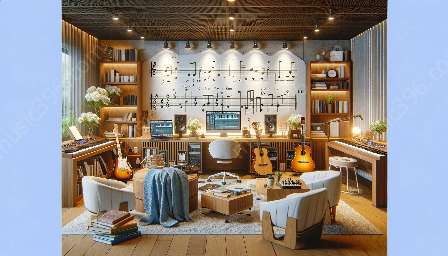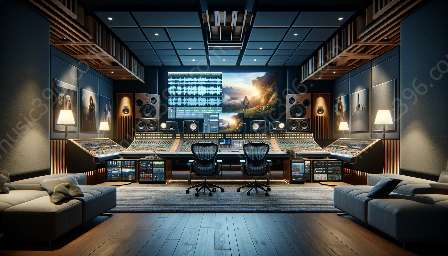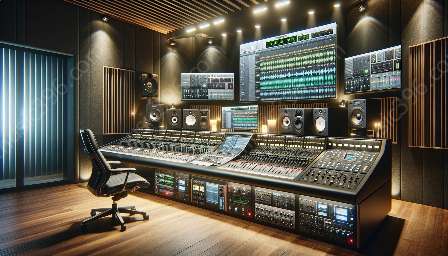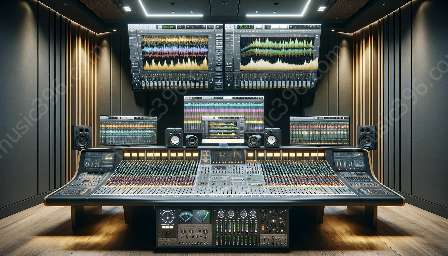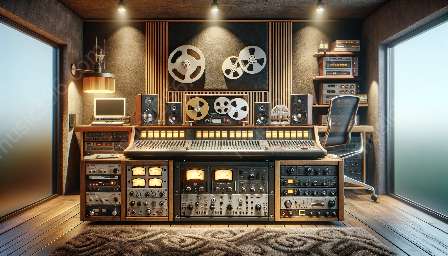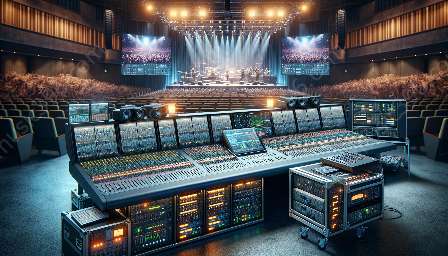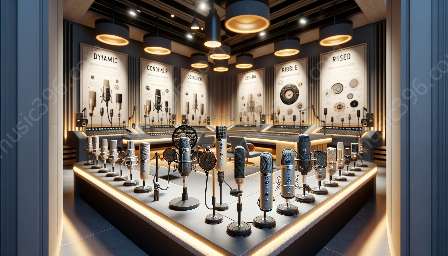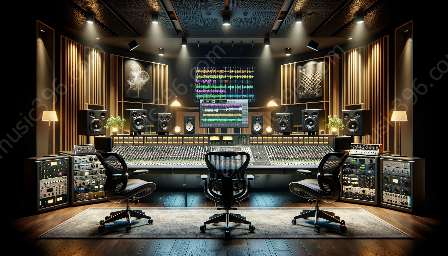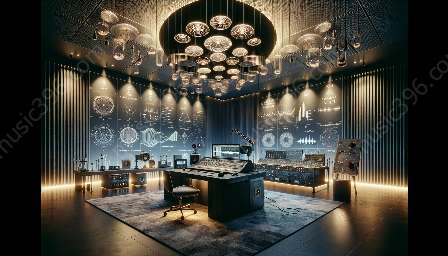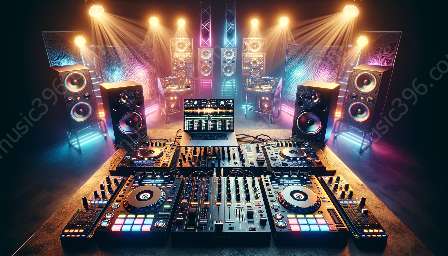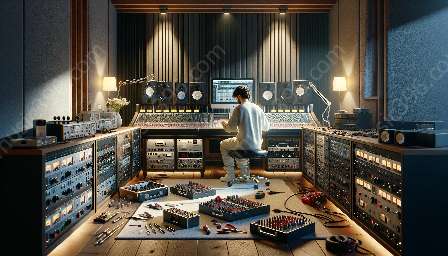Studio equipment calibration is a critical process in ensuring accurate and high-quality audio production. Calibration involves adjusting and fine-tuning various studio components such as microphones, speakers, mixers, and recording devices to ensure that they operate within specified parameters. Proper calibration is essential for maintaining the integrity and accuracy of audio recordings, and it plays a crucial role in studio equipment maintenance.
Importance of Calibration
Calibration is essential for ensuring the accurate reproduction of sound and maintaining the quality of audio recordings. When studio equipment is not properly calibrated, it can lead to inaccuracies in sound reproduction, resulting in subpar audio quality. By calibrating studio equipment, audio professionals can ensure that the gear operates at its optimal performance, delivering precise and reliable results.
Additionally, proper calibration helps in identifying and addressing any issues or discrepancies in studio equipment. This proactive approach can prevent potential problems and ensure that the equipment functions as intended, minimizing the risk of malfunctions or breakdowns.
Process of Calibration
The process of calibrating studio equipment involves several steps to ensure that each component meets the required specifications. It typically includes testing the equipment, making adjustments, and verifying the results to achieve the desired performance.
For example, in the case of speakers, calibration may involve adjusting the frequency response, phase alignment, and overall tonal balance to achieve a neutral and accurate sound reproduction. Similarly, microphone calibration may include testing sensitivity, frequency response, and polar patterns to ensure consistent and reliable performance.
It's important to note that calibration processes may vary depending on the type of equipment and manufacturer specifications. Understanding the intricacies of each piece of gear is crucial in performing accurate and effective calibrations.
Role in Studio Equipment Maintenance
Calibration is an integral part of studio equipment maintenance. Regular calibration not only ensures the accuracy and reliability of studio gear but also extends the lifespan of the equipment. By maintaining proper calibration, audio professionals can minimize wear and tear on the components, reducing the likelihood of premature failures or the need for extensive repairs.
Furthermore, calibrated studio equipment is less prone to performance degradation over time. With consistent calibration, audio professionals can uphold the quality and integrity of their gear, resulting in reliable and consistent audio production outcomes.
Calibration in Audio Production
In audio production, the importance of calibration cannot be overstated. Accurate calibration of studio equipment directly impacts the quality and fidelity of audio recordings. Whether it's tracking instruments, capturing vocals, or mixing and mastering, properly calibrated equipment ensures that sound is faithfully captured and reproduced without coloration or distortion.
Moreover, calibrated studio equipment provides a reliable reference point for sound engineers and producers, allowing them to make informed decisions during the production process. It enables accurate monitoring, precise adjustments, and consistent results, ultimately contributing to the overall quality of the final audio product.
Conclusion
Calibration of studio equipment is a fundamental aspect of maintaining optimal performance, ensuring accuracy, and upholding quality in audio production. Its interconnectedness with studio equipment maintenance underscores its significance in preserving the integrity and longevity of audio gear. By understanding the importance and process of calibration, audio professionals can enhance the overall effectiveness and reliability of their studio setups.


